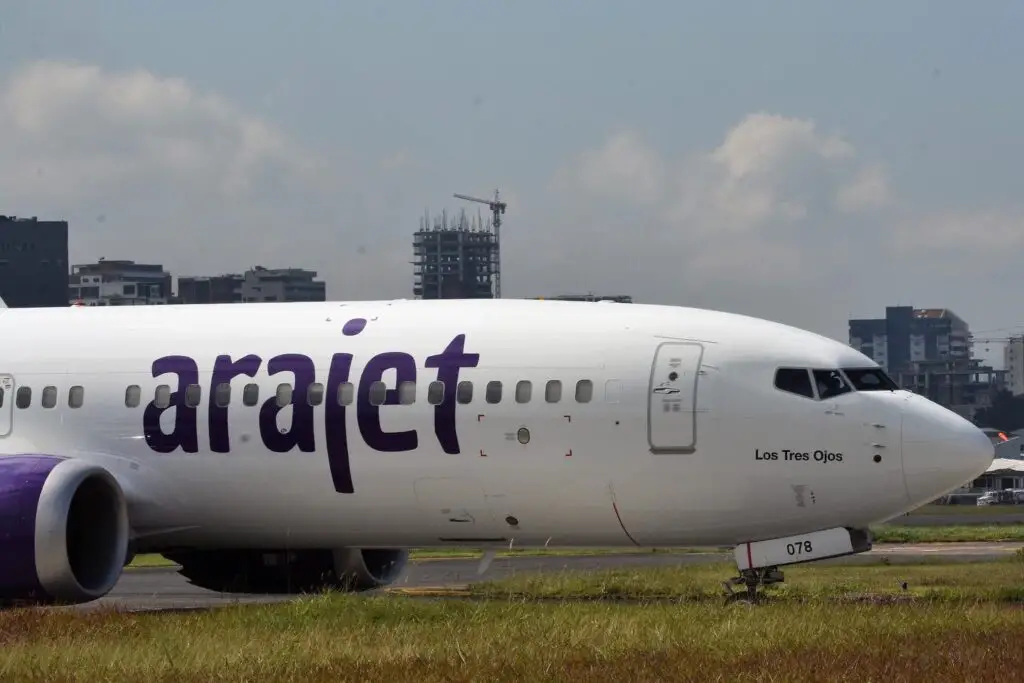Arajet, based in Santo Domingo, Dominican Republic, applied to the country’s Civil Aviation Board (JAC) to expand its network with more destinations in the Caribbean, South America and Central America.
According to Resolution 278-2022 of the Economic Authorization Certificate (CAE) number 25 filed on December 14, the low cost requested eight routes from Santo Domingo/Las Americas (SDQ):
- Manaus (MAO), Brazil.
- Rio de Janeiro (GIG), Brazil.
- São Paulo/Guarulhos (GRU), Brazil.
- San Pedro Sula (SAP), Honduras.
- Belize (BZE).
- Bridgetown (BGI), Barbados.
- Port of Spain (POS), Trinidad and Tobago.
- Georgetown (GEO), Guyana.
Once again, Arajet is betting on routes with no competition since none of the eight routes are currently operated by other airlines. They will be subject to a public hearing on January 4, 2023 for approval by the aviation authority.
The new destinations will be part of Arajet’s expansion process in 2023, once it receives new aircraft. The low-cost carrier initially operates five brand new Boeing 737-8s, making it the third Caribbean carrier to own one of the Boeing 737 MAX models after Cayman Airways and Caribbean Airlines.
In March, during its presentation, Arajet had also surprised by announcing the acquisition of twenty Boeing 737-8200 «Gamechanger» with an option to purchase a further fifteen aircraft, to be delivered over the next few years to meet anticipated demand.
Arajet’s current network
The company operates in Aruba, Colombia (Barranquilla, Bogota, Cali, Cartagena, Medellin), Costa Rica, Curacao, Ecuador (Guayaquil and Quito), El Salvador, Guatemala, Jamaica (Kingston), Mexico (Mexico City, Cancun and Monterrey), Peru (Lima) and St. Maarten.
Since November 2021 it has been authorized to fly to 30 destinations, half of which are already in operation.
The company’s intention is to establish a continental hub in Santo Domingo to serve as a counterweight to Copa Airlines’ hub in Panama and Viva’s incipient hub in Medellín.
It is expected to generate more than 4,000 direct jobs and some 40,000 indirect jobs over the next five years, of which it expects to transport some 7 million passengers per year, thus becoming the largest airline in the history of the Dominican Republic.















What happened?